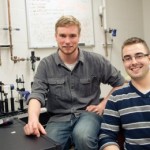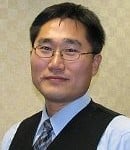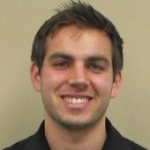MSE AND BME SEMINAR
Tuesday, April 28, 2015
1:15 pm – 2:15 pm
Room U113, M&M Building
Biomaterial design to interrupt pathological tissue remodeling
processes
John & Virginia Towers Distinguished Lecture Series
Prof. William R. Wagner
University of Pittsburgh
William Wagner Abstract April 28, 2015


